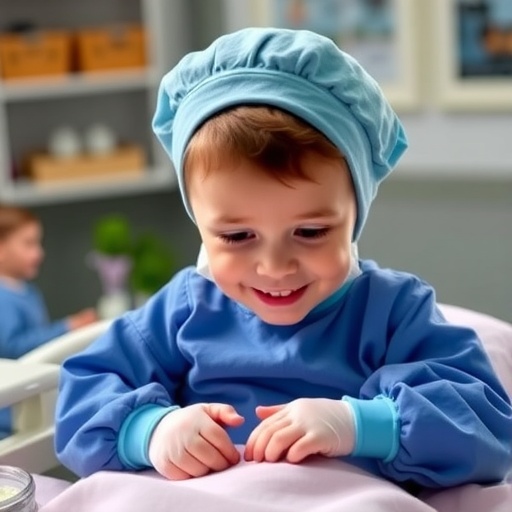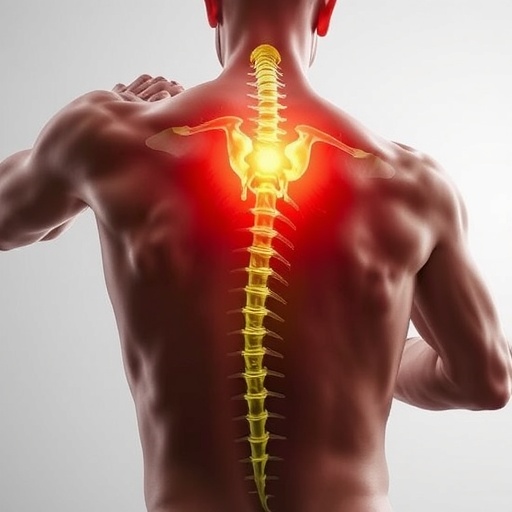ANN ARBOR–Proteins inside bacteria cells engage in "search-and-rescue"-type behavior to ferret out mismatched DNA and fix it to thwart dangerous mutations that can be associated with certain cancers, a University of Michigan study found.
It's long been known that the protein MutS can identify and fix DNA mismatches in the cells, but how it detected such rare events was unclear until now, said Lyle Simmons, U-M associate professor of molecular, cellular and developmental biology.
The findings, appearing in the Proceedings of the National Academy of Sciences, help further our understanding of how errors in DNA are found and corrected, Simmons said.
MutS is the first protein involved in DNA mismatch repair and is responsible for detecting rare errors that can predispose people to certain types of cancer, a hereditary condition called Lynch syndrome or cancer family syndrome. If a person's mismatch repair system is hindered, the mutation rate increases 100-to-1,000 fold, Simmons said.
Many people with Lynch Syndrome have a mutation in the MutS repair protein pathway and are more susceptible to colon cancer and cancers of the stomach, ovaries and small intestine, among others.
"The particular problem here is that it had remained unclear how MutS finds its rare DNA mismatch target among thousands of correct pairs," said Julie Biteen, assistant professor of chemistry.
In people, mismatches occur only once every 30-to-60 million properly paired bases.
"Previous work, including Nobel Prize-winning work by Paul Modrich, showed how MutS can interact with DNA in a test tube," Biteen said. "Here, we are watching the motions of MutS in a living cell to see how MutS actually does interact with DNA in cells."
The U-M researchers looked at MutS in bacteria, and it's likely that the protein works the same in humans.
"We're adding to the foundation of understanding of how cells avoid mutations," Simmons said. "In addition, our work is pushing us to develop microscopy techniques that could be later used to understand how MutS functions in human cells."
To see the protein, the researchers fused MutS to a fluorescent tag and activated fluorescence with a laser. They then could track individual molecules moving through the living cell, similar to a spotlight following a person around a crowded room, Simmons said.
They found that MutS moved fast to canvas the entire nucleoid, and then slowed significantly when it reached the spot where DNA is replicated. MutS identified and fixed mismatches at this replication site.
"Our work indicates that the population that is moving rapidly isn't searching for mismatches but rather searching for the site of replication," Simmons said. "Once there, it slows down and searches for errors as the DNA is being synthesized."
There are four DNA bases that are arranged in pairs, and each has only one specific pairing partner. The base pairs hold together the two helix strands of DNA, and a mismatch occurs when the wrong partner is paired with the original DNA base. Hereditary information is passed on when these strands of DNA replicate, and mistakes in replication can lead to cancers.
The mismatched pair kinks the DNA at the replication fork where DNA is made, Biteen said. MutS positions itself at that fork so it's ready to catch any mistakes. As an added bonus, this positioning likely tells MutS which side is correct and which side is the new, altered DNA.
###




